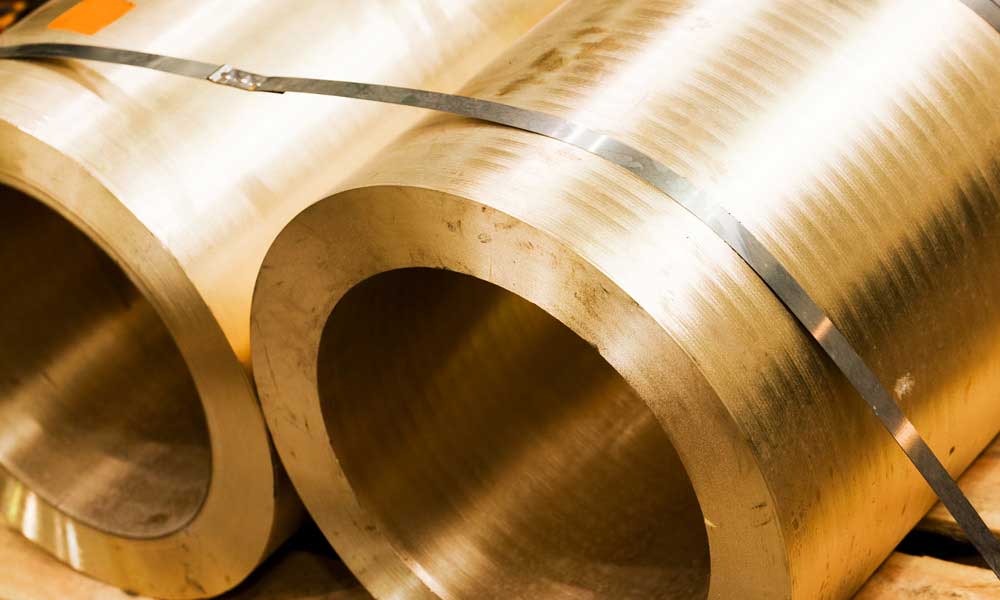The application market of magnesia refractory materials is mainly in the steel, cement, glass and other industries, which have a huge impact on magnesia refractory materials.

The steel industry directly affects the market capacity of refractory materials. According to the information of the Ironmaking Annual Meeting of the Chinese Society for Metals in November 2024, the national apparent steel consumption in October 2024 decreased by 11.5 million tons that month, and it is estimated that steel consumption will decrease by 150 million tons in 2025.
In addition, the continuous advancement of refractory technology will reduce refractory consumption, as well as the recycling of waste materials. It is estimated that the steel industry’s demand for magnesium refractory materials will be greatly reduced next year.
According to the data from the National Bureau of Statistics, cement production from January to October 2024 was 1.501 billion tons, a year-on-year decrease of 10.3%, and the lowest level since the same period in 2010. According to the data from the General Administration of Customs, the cumulative exports from January to October 2024 were 4.48 million tons, a year-on-year increase of 47.2%. In October, China exported 440,000 tons of cement and cement clinker, a year-on-year decrease of 0.6%.

In October 2024, China’s glass production was 5.015 million tons, compared with 5.3053 million tons in the same period last year, a year-on-year decrease of 5.47% and a month-on-month increase of 4.9885 million tons, an increase of 0.53%. From January to October 2024, China’s glass production totaled 52.0008 million tons, a year-on-year increase of 2.24025 million tons, a rate of 4.50%.
From the above data, we can see that from January to October, the output of the steel and cement industries showed an overall downward trend, while the output of glass was on the rise. In November and December, the country entered winter, and high-temperature industries such as steel and cement began winter maintenance and staggered production. Therefore, the output in the last two months will not be too large, and it is expected that there will not be much improvement in the demand for refractory materials, and the market demand for magnesia will not change much.

From the export data, in October, the export volume of steel increased and the price decreased, while the export volume of cement decreased. The overall foreign environment this year is not good, and the conflict between Russia and Ukraine and the conflict between Palestine and Israel have brought many unstable factors. Therefore, it is expected that the demand for steel, cement and other products in the foreign market will not improve, and the situation will remain severe next year.
The refractory industry uses more advanced refractory raw materials to achieve lower consumption and more recycling, thereby fundamentally reducing carbon emissions and pollutant emissions. The trend will not change. Judging from the price trend of magnesia, despite the increase in electricity costs and the control of mining volume, the production cost of the magnesia industry has increased, which has supported the price, but the shrinking market demand makes it difficult to support a substantial increase in the profits of magnesia raw materials and magnesia products. Technological progress to increase efficiency and digital empowerment to promote transformation will be the only choice for the development of the magnesia refractory industry.






